Perhaps the most numerous and various Hungarian folk customs are connected to the Easter holiday. Although the traditions and the performed home or village “ceremonies” may vary from region to region, the main events and cycle of the holiday are mostly the same everywhere. “I have never seen a more beautiful fruit tree than the cross tree of Jesus, it blooms with red blood and bears fruit with the Holy Spirit.” Based on this part of the archaic folk prayer, the Hungarian State Folk Ensemble chose the title His Cross Blossomed for its Easter dance performance, which will be shown on the stage of Müpa on April 9.
Hungarian ethnologist Géza Róheim was extremely involved in mapping the Easter traditions of the Hungarian people. He points out the following:
“…Easter customs are very similar everywhere in Europe, and it is almost impossible to say what preceded this feast in this culture before Christianity. It is likely that the spring festival of the ancient East came to Europe in a Christian form and absorbed all kinds of customs related to the spring year.”
Róheim mentions very diverse customs related to Easter. For example, I was surprised by the custom of “beating Pilate”, when the priest took a book and the congregation some sticks, and they beat up the altar and the pews, respectively. This symbolised beating Pilate because of his betrayal of Christ.
Then there are, for example, traditions of making noise to avoid trouble, which in several places have been connected with border crossing. A drumming, noisy army marched through the settlement and its border. At this time, the Székelys renewed the boundary mounds and asked for a blessing on the fields.
On Good Friday, it was a common custom to clean the houses and wash everything.
“You must not leave a speck of dust anywhere, because otherwise your home will be messy all year round”
– Róheim writes. Taking care of graves, confession, and general cleaning were typical in all regions. The role of water in Easter, cleaning and warding off trouble, also appears in several places as a feature of this holiday. Róheim points out that it is an old church custom that new entrants to the church were baptised on Easter, and in several places the baptismal water was sprinkled on the congregation before the service. The people understood this as a rebaptism and a general forgiveness of sins.
There are different variations for the Easter “splashing”, from immersing the person in a lot of water to to some slight sprinkling. According to Géza Róheim, the rite of men “splashing” women and receiving a painted egg as a reward contains references to romantic love and eroticism. Hen eggs were found in the graves of women who died young in certain regions; the egg in the grave was a symbol of fertility, while according to Christian traditions it was a symbol of the resurrection. Other manifestations of the rites of love can also be observed during Easter, for example at Nyárádmente, on the night of Easter Saturday, young men put a pine branch on the door of their beloved.
Keeping in touch with the dead is also part of Hungarian Easter folk customs. In some regions, the day after Easter was also considered the Easter of the dead: after lunch, they gathered in the cemetery, where they took schnapps or wine, pastry, and red eggs with them. They dug a small pit at the grave of the dead, poured the alcohol into it, covered the pit and placed the pastry and the red egg on it.
I could go on listing the customs collected by Róheim for even longer. The Hungarian State Folk Ensemble must have had a difficult time putting together the performance, because they had to pick from an extremely rich material.
The production builds on folk customs embedded in the peasant tradition, and takes the traditions of neighboring peoples also into account. Audience can experience memorable moments from Lent dances, carnival burials from Kalotaszeg, the celebration of Palm Sunday, the Kana wedding with a bit of mischief, the drama of Good Friday, or the Szatmár “splashing ball”.
According to director and choreographer Gábor Mihályi, it is soul, thought and faith that hold this performance together. It starts with customs from the winter holiday cycle and gets to Easter from there; the pain of the crucifixion of Christ is followed by the joy of resurrection.
As for the music, it is a combination of folk and church melodies. It is a truly special combination that can strengthen connections between peasant life and sacredness. As a result of a cooperation between the Hungarian State Folk Ensemble Orchestra and the Saint Ephrem Men’s Choir, we will be able to listen to a variety of melodies.
All the various Easter rituals of Szekler Land and Rábaköz, historical Upper Hungary (now in Slovakia) and the Southern Great Plains, both Christian and reminiscent pagan ones make a unified performance on stage.
The show, just like its chronological predecessor Wonderful Nativity, promises a special Easter experience that would be a great loss to miss.
Article: Anna Rácz
Translation: Zsófia Hacsek


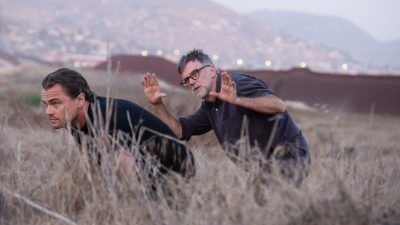
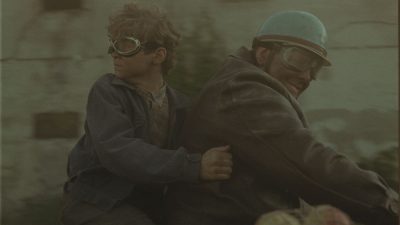
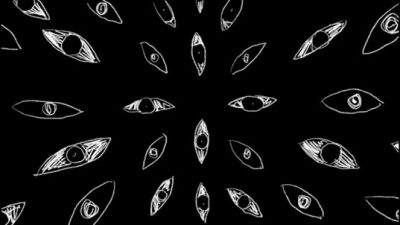









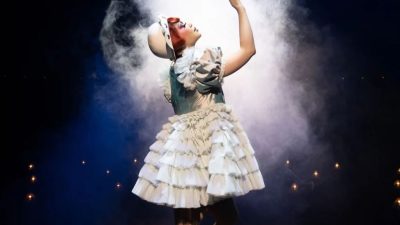
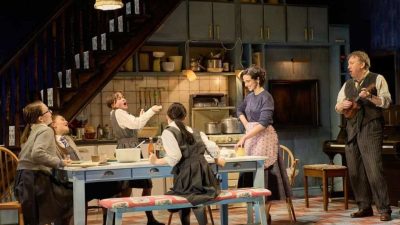









Comments